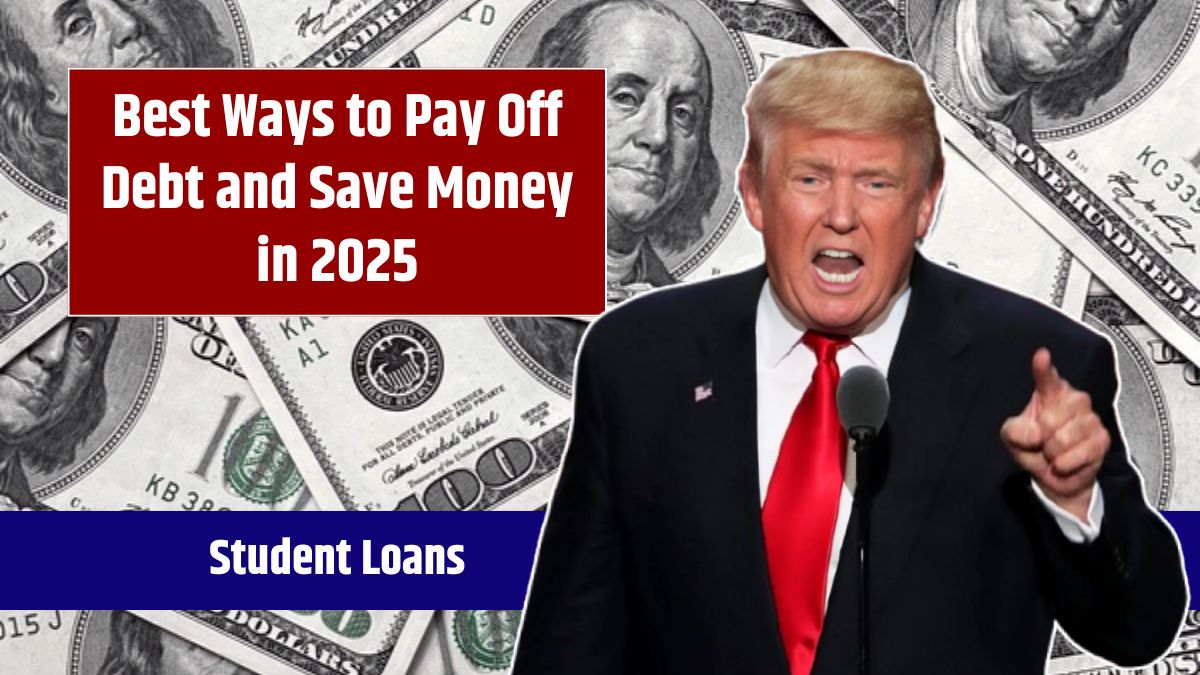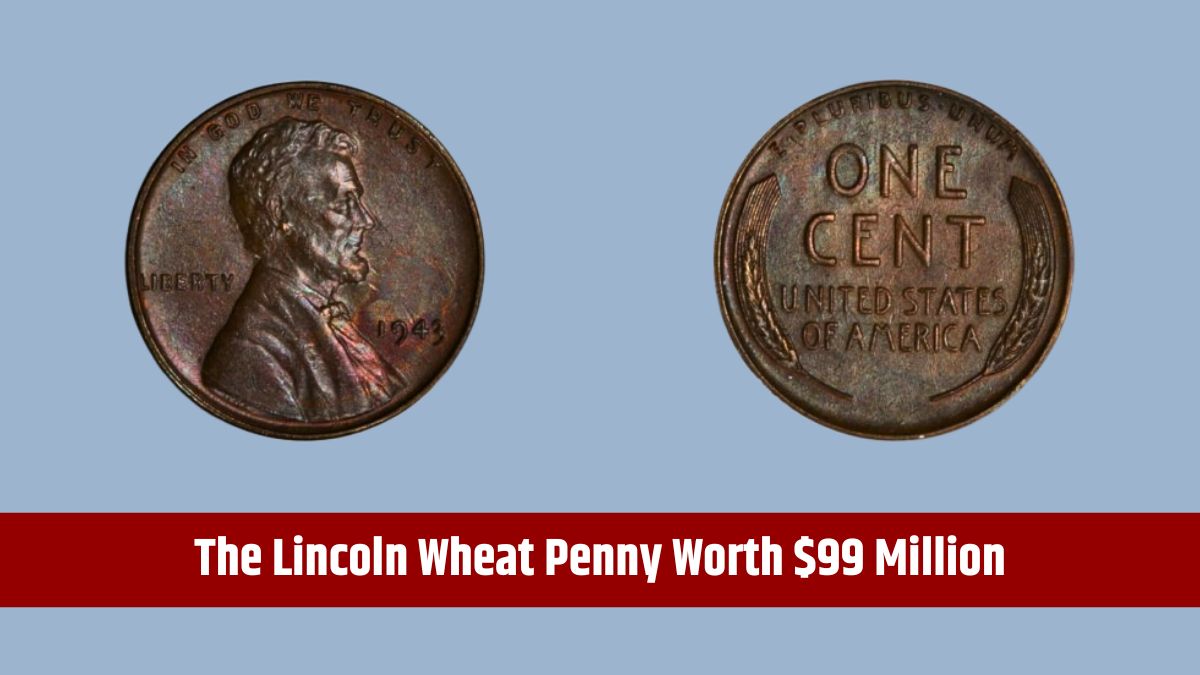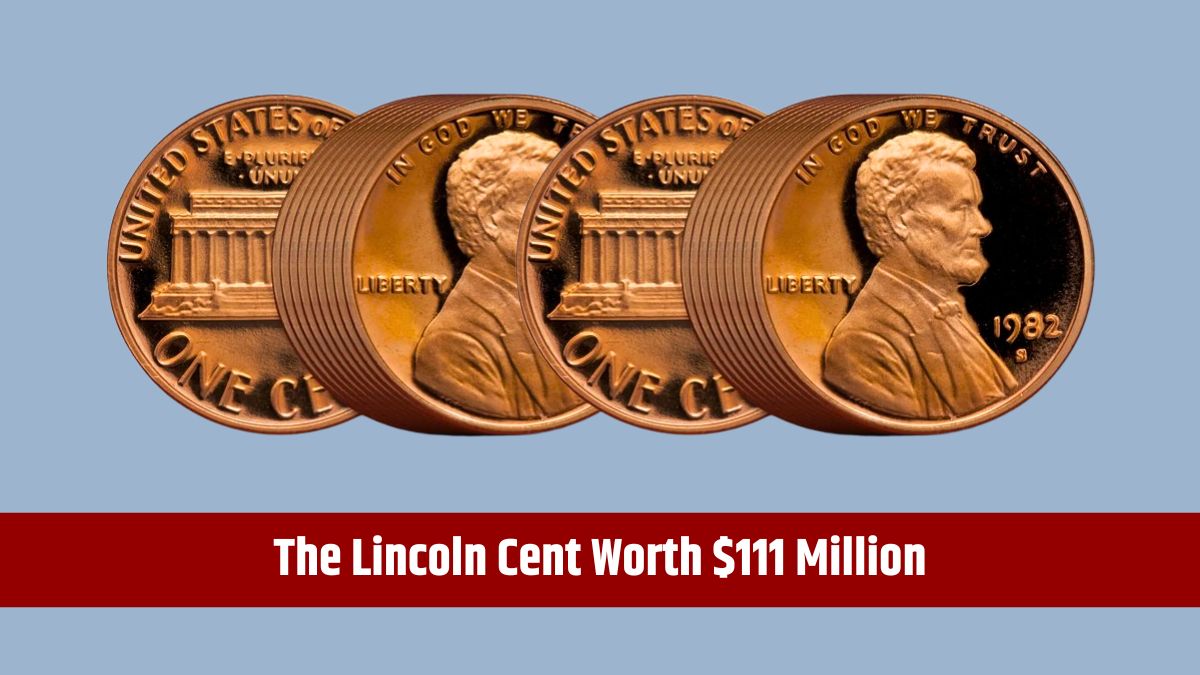Student loans can feel like an overwhelming burden for many Americans, but with the right strategies, paying them off faster is achievable. Taking control of your student debt not only saves money on interest but also opens doors to financial freedom sooner. In 2025, borrowers have numerous options to speed up repayment without drastically altering their budgets.
If you’re ready to tackle your loans, these simple yet effective methods can help reduce your financial stress and long-term costs.
Table of Contents
Extra
One of the easiest ways to chip away at student loans is by paying more than the minimum. Adding even a small amount to your monthly payment helps reduce the loan’s principal balance faster, which lowers the interest accrued over time.
Pro Tip: Notify your loan servicer that extra payments should go toward the principal. Without this specification, they might apply it to future interest, delaying your payoff progress.
Refinancing
Refinancing your student loans can significantly lower your interest rate, saving you money in the long run. This option works best for borrowers with private loans or strong credit scores, as it can reduce monthly payments and the overall interest paid.
However, think twice before refinancing federal loans. Refinancing eliminates access to income-driven repayment plans and forgiveness programs, which might be crucial depending on your financial situation.
| Refinancing Pros | Refinancing Cons |
|---|---|
| Lower interest rates | Loss of federal loan protections |
| Potential savings over time | Requires good credit or cosigner |
Automate
Did you know enrolling in autopay can save you money? Many lenders offer an interest rate reduction, usually around 0.25%, for borrowers who set up automatic payments. This small discount can add up over time, all while ensuring you never miss a due date.
Set it and forget it—this strategy is a win-win for convenience and savings.
Windfalls
Unexpected financial windfalls, like tax refunds, bonuses, or cash gifts, can be game-changers for your repayment plan. Instead of splurging, allocate these funds directly toward your loan balance. A single large payment can drastically reduce your remaining balance and shave months, or even years, off your repayment timeline.
Smarter Payments
When paying down loans, focus on high-interest balances first. This “avalanche method” ensures you’re minimizing the amount of interest paid overall. Alternatively, if smaller wins motivate you, pay off the smallest loans first using the “snowball method.” Both strategies work, so choose the one that fits your mindset and goals.
| Strategy | Monthly Payment | Time to Pay Off | Interest Saved |
|---|---|---|---|
| Minimum payments only | $300 | 10 years | $12,000 |
| Extra $100/month | $400 | 7 years | $9,000 |
| Using a $5,000 windfall | $300 + $5,000 lump | 6 years | $10,500 |
Debt-Free Journey
Paying off student loans faster doesn’t mean overhauling your life; small changes can add up to significant progress. Whether it’s making extra payments, refinancing for lower interest, or using windfalls strategically, every step brings you closer to financial freedom.
Take action today and make 2025 the year you conquer your student loan debt.
FAQs
How does paying extra help?
Extra payments reduce the loan principal, saving on interest.
Should I refinance federal loans?
Avoid refinancing federal loans if you need forgiveness programs.
What is the autopay discount?
Lenders often reduce interest by 0.25% for autopay enrollment.
Which loans should I pay first?
Focus on high-interest loans to save the most money.
Can windfalls speed up payoff?
Yes, apply bonuses or tax refunds directly to your loan balance.






